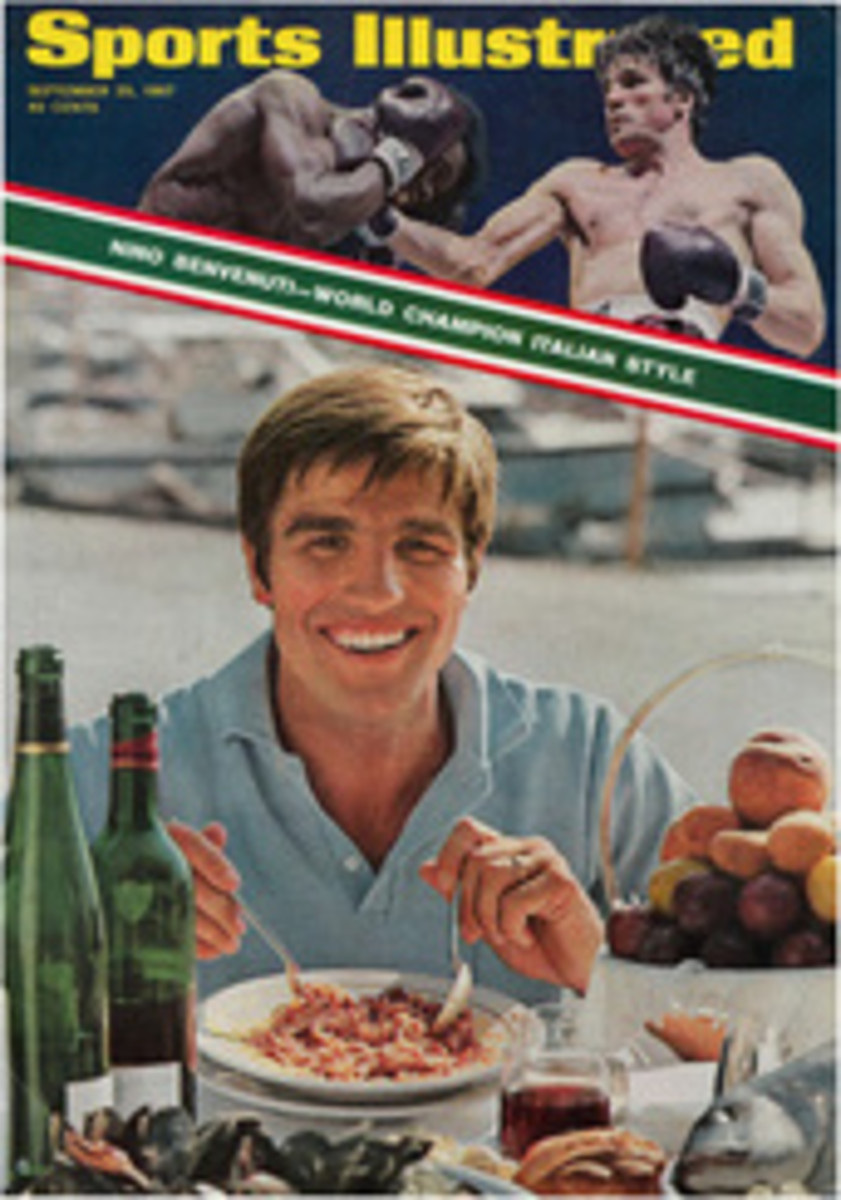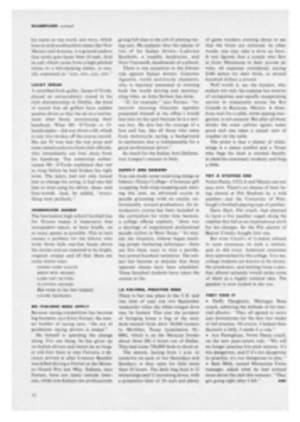
New skin for a familiar tiger of the road
The answer to the question, what is a sports car, is about as elusive as a Manhattan taxi during rush hour. Is it merely a limited-production car? Or one with a pleasing and sporty style? Or a hot engine that can't be fully exploited except on a racetrack? And what happens when the designers and engineers make compromises so that you can toss in a couple of suitcases comfortably and the wife can drive it to market without blowing up the engine? Zora Arkus-Duntov smiled, shrugged his shoulders and said, "A sports car should be an extension of the body and the mind. Everything must be in harmony, in perfect control." For years Duntov has spent much of his time developing the sinew and muscle of the Chevrolet Corvette, of which the 1968 version, shown at left, was introduced this week. Drawing on a long career as both engineer and race driver, he has made the Corvette into a true sports car that has won the grudging admiration of even belligerent defenders of European automobiles.
Now the Chevy stylists have clothed the car in a spectacular new skin quite in harmony with its sophisticated insides. The most prominent features are the pointed front end and sharply cut front-fender wells first seen in muted form on the now phased-out Sting Ray. The '68s come in both a traditional soft-top convertible and an unusual coupe. The latter is made an open car by removing roof panels and the rear-glass window, a nice departure from the plastic zip-out windows seen on many convertibles. The overall lines are further enhanced by hidden, retractable front-headlight panels. A rear-deck horizontal spoiler is functional at high speeds up to top speed of better than 150 mph. Beneath the hood the changes are more evolutionary than revolutionary. Two basic engines—a 327-cu.-in. V-8 and a 427-cu.-in. V-8—continue to be available in various stages of tune from tame to tigerish, with a 435-hp unit at the upper limit. Zero to 60 mph acceleration of six seconds and less is available; disc brakes are standard; the independent rear suspension is of proven merit.
Harmony, 1968 style, will cost from something over $4,000 to about $6,000 for the most lavish model.
ILLUSTRATION
KEN DALLISON
THRUSTING NOSE and high, sharp front fenders are distinctive styling features. Headlight covers follow the current Detroit vogue, but the split lift-off roof is an unusual novelty.
ILLUSTRATION
KEN DALLISON
CONVERTIBLE EFFECT is achieved by removing roof panels and rear window, which may be tossed into the trunk. The stylized roll bar behind bucket seats emulates a racing trend.
ILLUSTRATION
KEN DALLISON
WRAPAROUND BUMPERS set off rear-end sculpturing also inspired by the racecourse: a reasonably clean, chopped-off look accented by a spoiler lip that is functional at high speeds.

